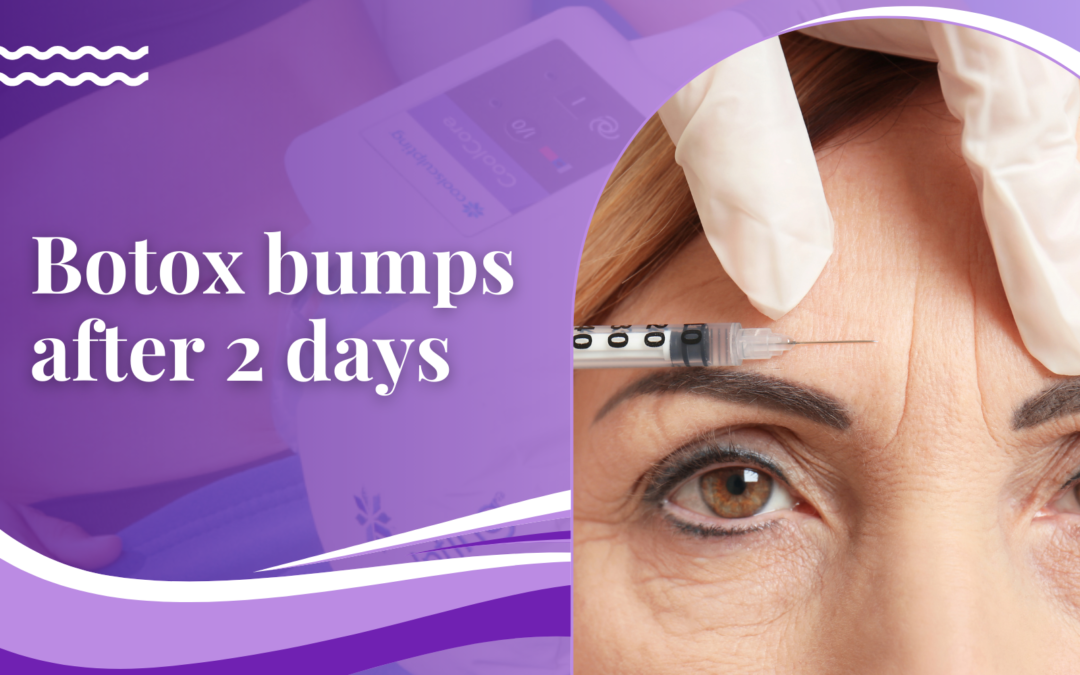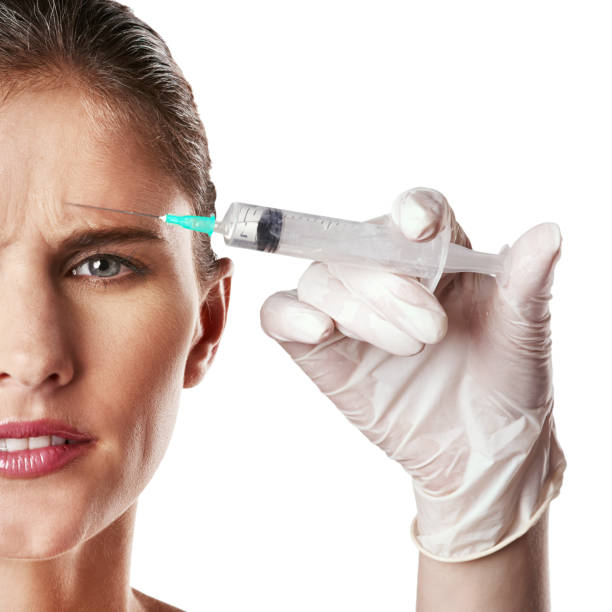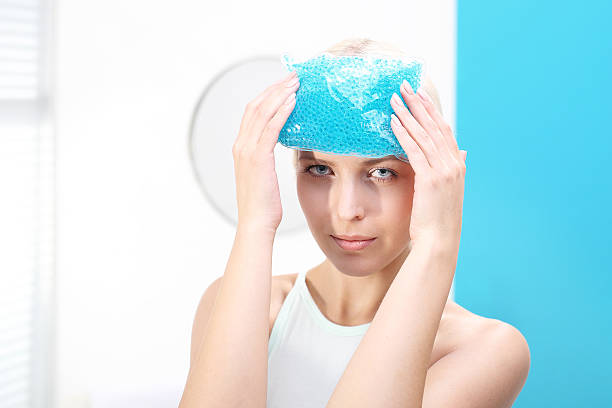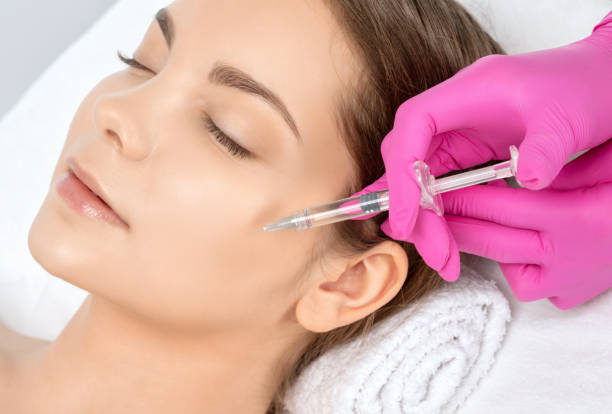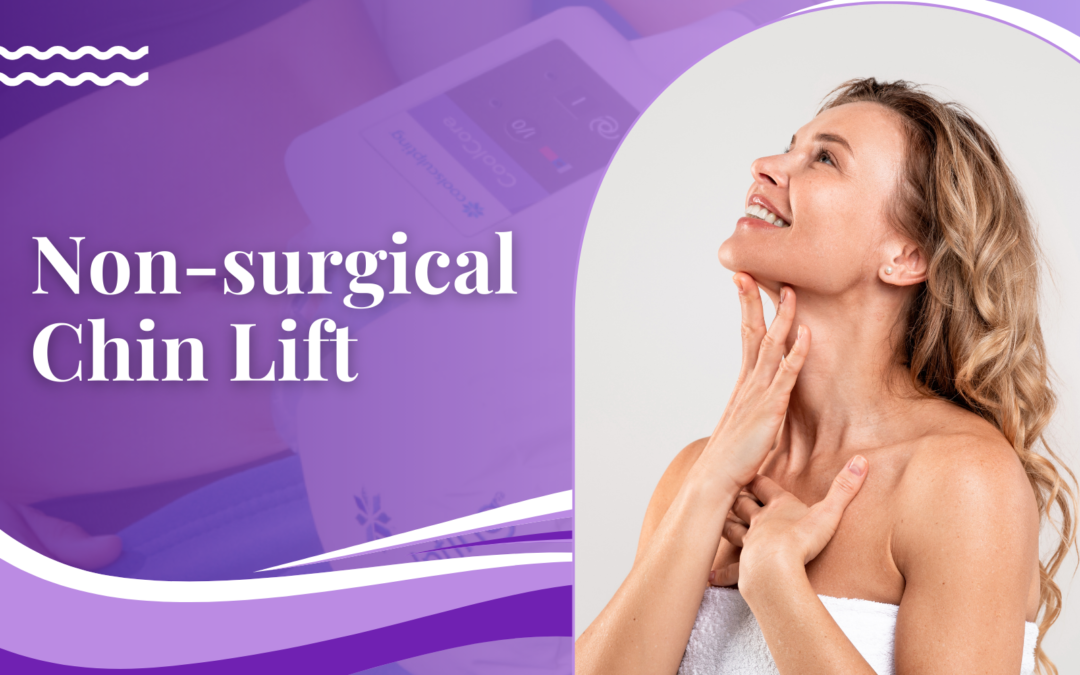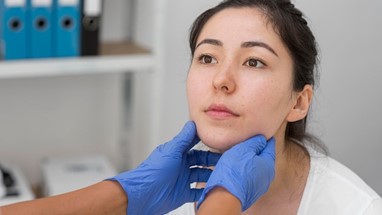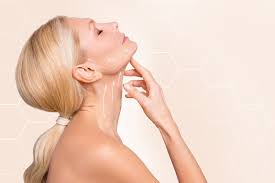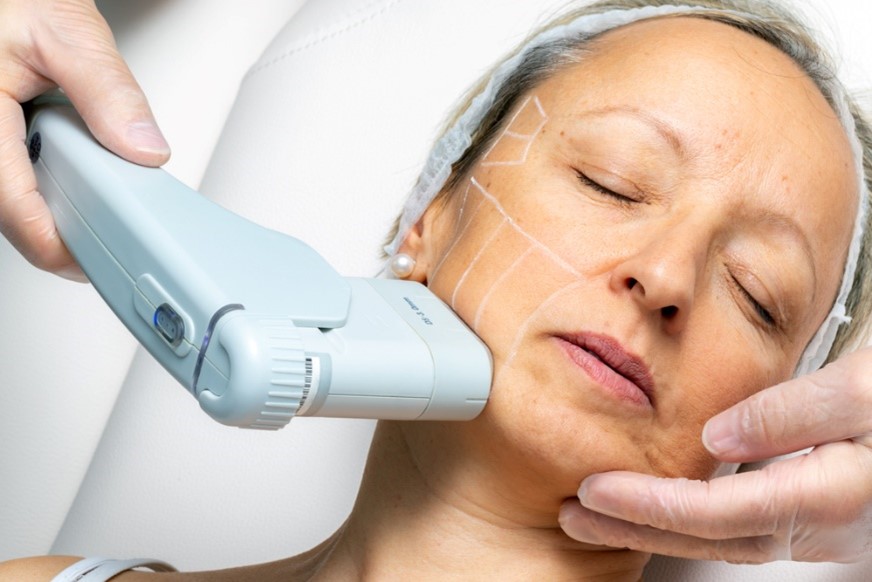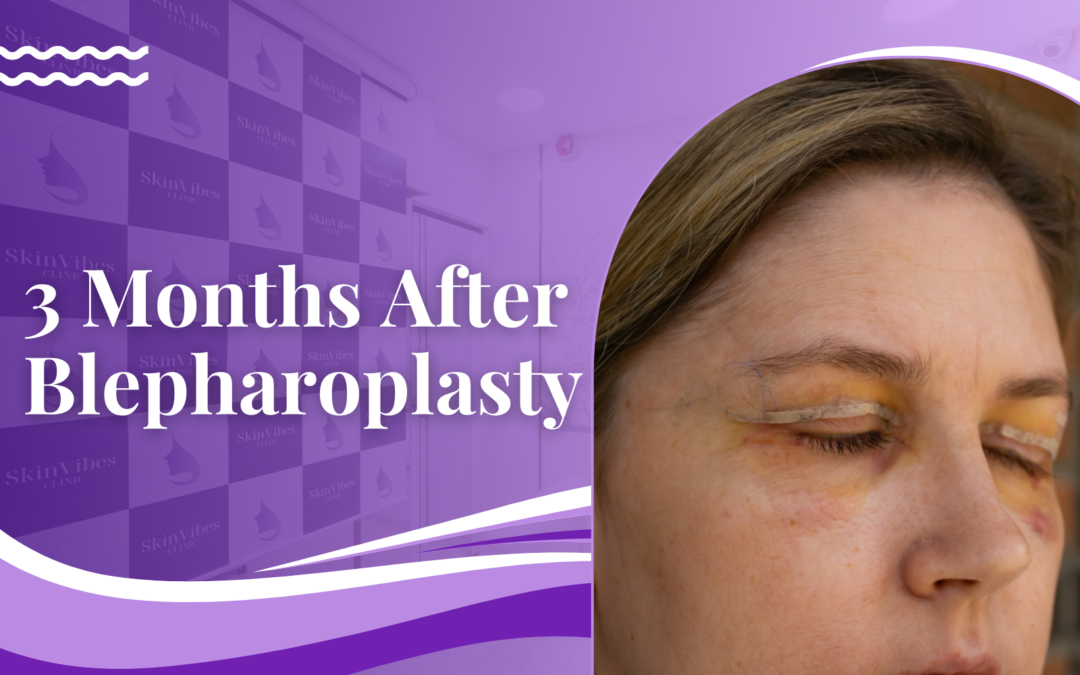
3 Months After Blepharoplasty
Blepharoplasty, or eyelid surgery, is a highly effective procedure to address drooping eyelids and rejuvenate the eyes. While the results can be transformative, the recovery timeline often raises questions, especially at the three-month mark. Post operative swelling, scars, or tightness may leave patients wondering what’s normal.
“Three months after surgery, most patients are well into their recovery, but subtle refinements continue to unfold,” explains Dr. Viral Desai of Skin Vibes Clinic, a leading skin clinic in Santacruz. “Understanding the healing process helps set realistic expectations and minimizes unnecessary worries.”
This blog explores the recovery process at three months post-surgery, including insights into swelling, scar care, and tips for optimizing your healing. Whether you’re noticing minor swelling or are unsure about scar progression, this guide will help you navigate this important phase.
Understanding the Recovery Timeline
Healing from blepharoplasty is a gradual process, often spanning several months. Each stage of recovery is marked by distinct milestones:
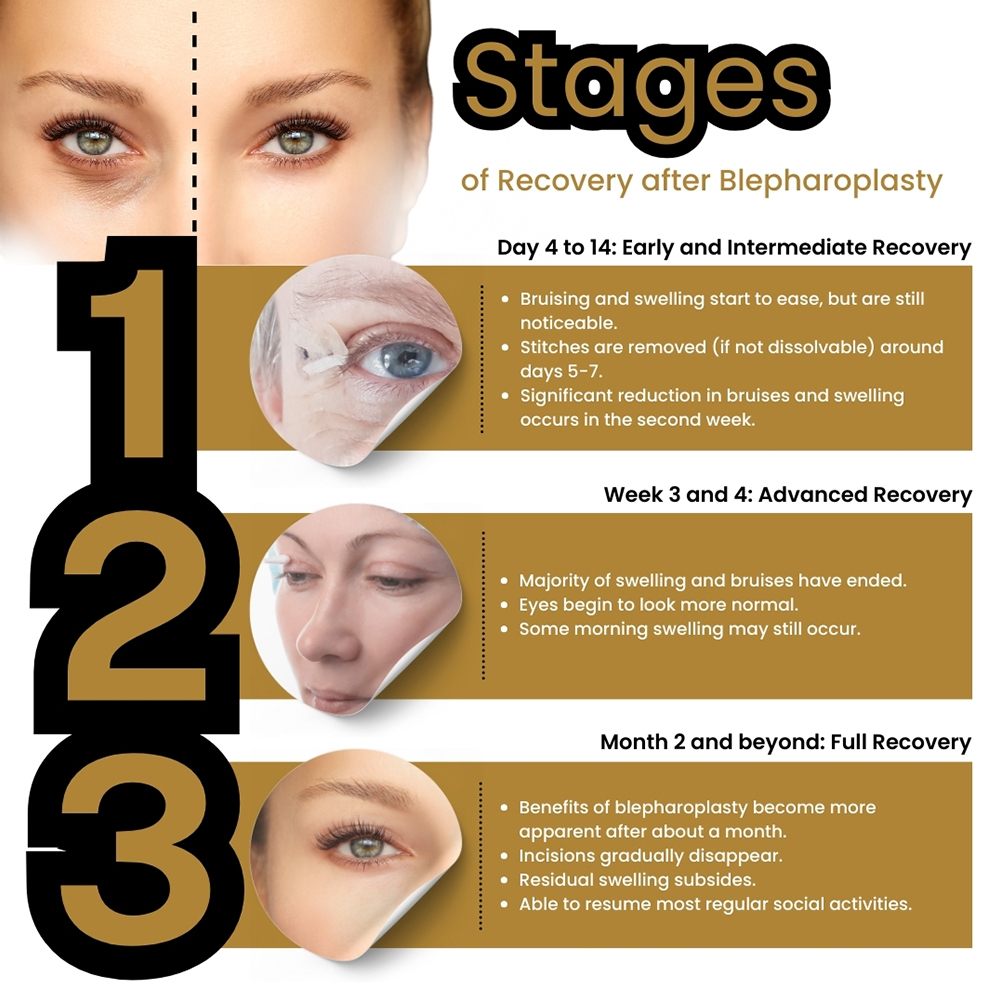
- 1 Week Post Blepharoplasty: During the first week, swelling and bruising peak. Rest, cold compresses, and keeping your head elevated are crucial to reducing discomfort.
- Swelling 2 Weeks After Blepharoplasty: By the second week, the puffiness starts to decrease, and discoloration fades noticeably. Many patients begin to feel more comfortable resuming light daily activities.
- Swelling 3 Weeks After Blepharoplasty: By the third week, post operative swelling diminishes further, and the eyelid contours become more defined. However, minor puffiness may still be present.
- 6 Weeks Post Blepharoplasty: By this point, most bruising has subsided, and the eyelid area begins to look more natural. Scars also start to soften and fade.
- 3 Months After Blepharoplasty: Significant improvements are visible at this stage, with minimal swelling, fading scars, and refined eyelid contours.
- 4 Months After Blepharoplasty and Beyond: By four months and later, most patients notice fully healed scars and experience the final results of their procedure.
“Healing timelines vary for each individual based on factors such as age, health, and post-surgical care,” explains Dr. Desai. “Following your surgeon’s guidance ensures a smoother recovery process.”
What to Expect 3 Months After Blepharoplasty
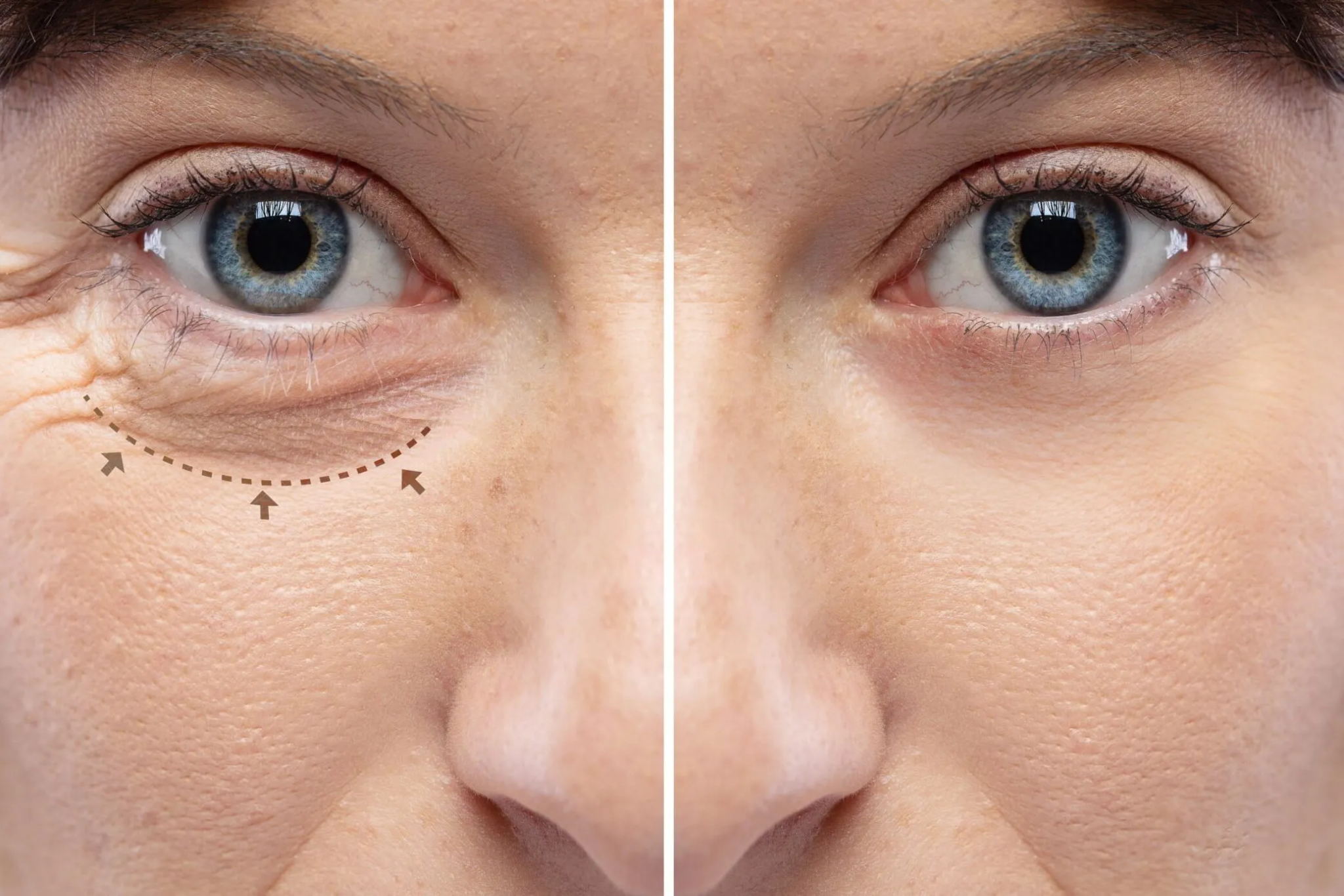
At the three-month milestone, patients often notice dramatic changes in their eyelid appearance. However, some aspects of healing may still be ongoing:
- Post Operative Swelling: While most swelling subsides by this point, slight puffiness—especially in the mornings—may still occur.
- Scar Healing: Scars continue to fade and flatten. By now, they may be slightly pink or raised, but they’ll improve further in the coming months.
- Eyelid Sensitivity: Some tightness, numbness, or mild discomfort can persist as the nerves and tissues continue to heal.
- Settling Contours: The eyelids gradually refine their final shape, with subtle improvements becoming evident over time.
- Crow’s Feet: Patients may notice changes around the outer corners of the eyes, where crow’s feet are located. These fine lines might appear more prominent during healing or less noticeable depending on individual outcomes.
It’s normal for patients to feel self-conscious about swelling or scars, but these are temporary. With proper care, most patients enjoy a significant boost in confidence by the three-month mark.
Swelling 3 Months After Blepharoplasty
Persistent swelling three months post-surgery can feel concerning, but in most cases, it’s not unusual. Swelling often depends on individual healing process and lifestyle habits.
- Healing Variations: Some patients heal slower due to factors like age or medical conditions.
- Dietary Choices: High-sodium diets can contribute to water retention, worsening puffiness.
- Fluid Retention: Fluid tends to accumulate during sleep, which can cause mild swelling in the mornings. Elevating your head while sleeping may help.
It’s important to address earlier stages of swelling as well. For example, swelling 2 weeks after blepharoplasty or swelling 3 weeks after blepharoplasty can set the tone for long-term results. Following your surgeon’s advice during these early phases ensures the best outcomes.
“Post operative swelling at this stage typically resolves on its own,” advises Dr. Desai. “Making simple changes to your diet or routine, like staying hydrated and reducing salt intake, can speed up the process.”
Worried about swelling? Consult a leading skin specialist in Santacruz for expert advice on managing puffiness.
When to Contact Your Surgeon
Although most concerns at three months are minor, certain symptoms should prompt immediate consultation with your surgeon:
- Persistent or Increasing Swelling: If swelling worsens instead of improving, it may indicate fluid retention, scarring, or another issue.
- Pain or Discomfort: Sharp or prolonged pain is uncommon and should be evaluated promptly.
- Vision Problems: Blurred vision, double vision, or difficulty focusing could signal a more serious complication.
- Unusual Scarring: Raised, firm, or discolored scars may require intervention to prevent lasting changes.
“Trust your instincts if something doesn’t feel right,” says Dr. Desai. “It’s always better to consult your surgeon for reassurance or early intervention if needed.”
Tips for Optimizing Recovery
Achieving the best possible results requires active participation in your recovery. Here are some tips to ensure smooth healing:
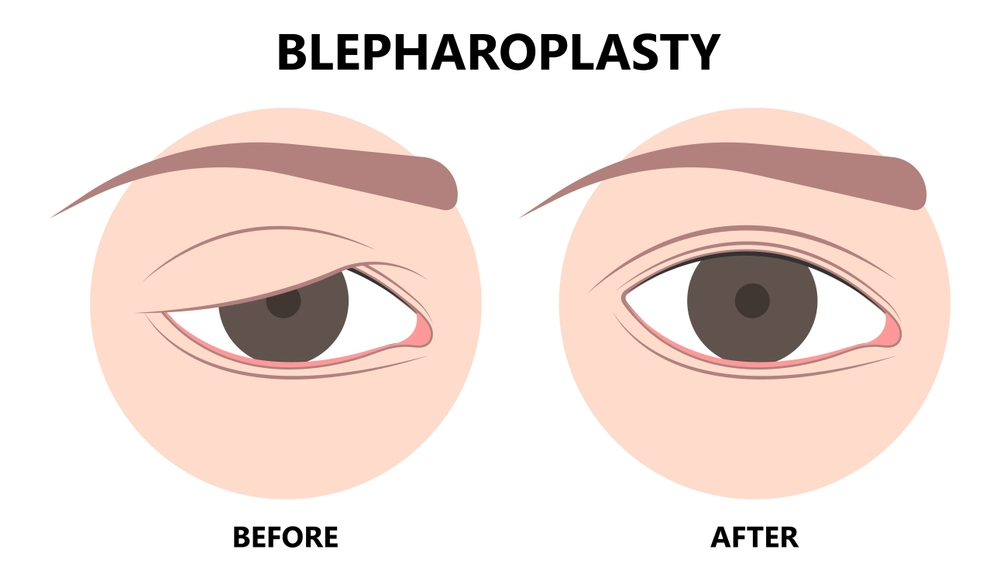
- Follow Post-Operative Instructions: Adhere strictly to your surgeon’s care plan, including recommended ointments, massages, or compression techniques.
- Stay Hydrated: Proper hydration promotes healing and reduces swelling.
- Eat a Balanced Diet: Focus on low-sodium, anti-inflammatory foods to minimize puffiness and support tissue repair.
- Avoid Strenuous Activities: Vigorous exercise can delay healing and exacerbate swelling. Gradually return to your routine as advised.
- Protect Your Skin: Apply sunscreen around the eyelid area to prevent scars from darkening.
- Manage Expectations: Understand that healing is a process, and minor imperfections during recovery are normal.
Conclusion
Recovery after blepharoplasty is a journey of patience and care, with the three-month mark being a significant milestone. By this stage, most patients see noticeable improvements in their appearance and feel more confident about their results. However, understanding that subtle healing changes continue for months can help manage expectations.
Whether you’re addressing minor swelling or refining your aftercare routine, the support of experienced specialists can make all the difference. Take charge of your recovery and enjoy the lasting benefits of your procedure with proper guidance.
Ready to take the next step in your healing journey? Schedule an appointment at our skin clinic in Santacruz today.
FAQs
1. Is swelling normal 3 months after blepharoplasty?
2. What can I do to reduce swelling 3 months post-surgery?
Drink plenty of water, avoid salty foods, and consider gentle lymphatic massage if recommended by your surgeon.
3. When will I see the final results of blepharoplasty?
Final results typically appear between 6 to 12 months post-surgery, though significant improvements are visible by 3 to 4 months.
4. Why do I still feel tightness or numbness?
Tightness and mild numbness are common as the nerves regenerate. These sensations usually resolve within a few months.
5. Can swelling at 2 or 3 weeks post-blepharoplasty affect my long-term results?
No, swelling at 2 weeks post blepharoplasty or 3 weeks post blepharoplasty is part of the healing process and won’t affect your final results if you follow your surgeon’s advice.
Disclaimer:
The information shared in this content is for educational purposes only and not for promotional use.
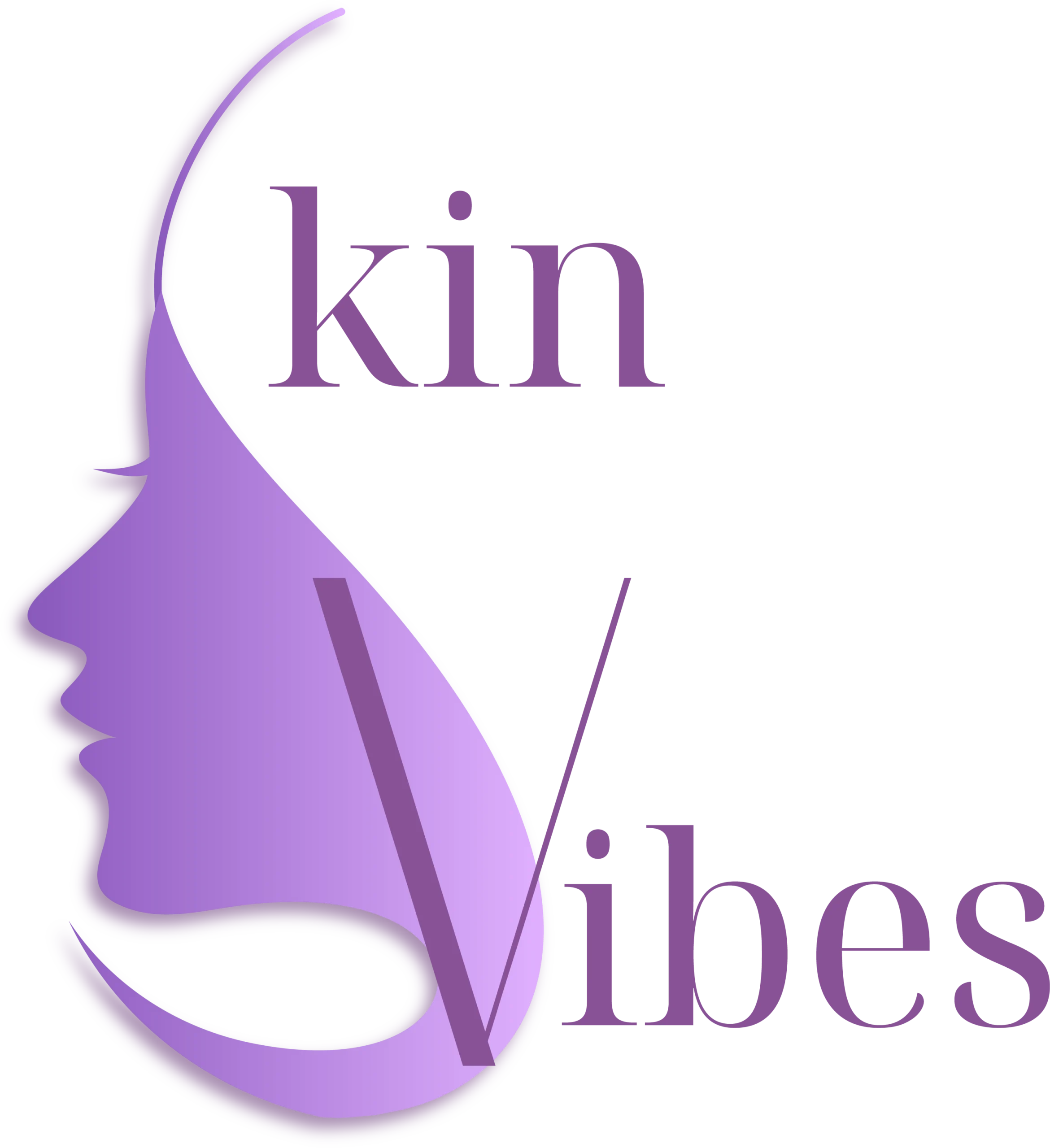
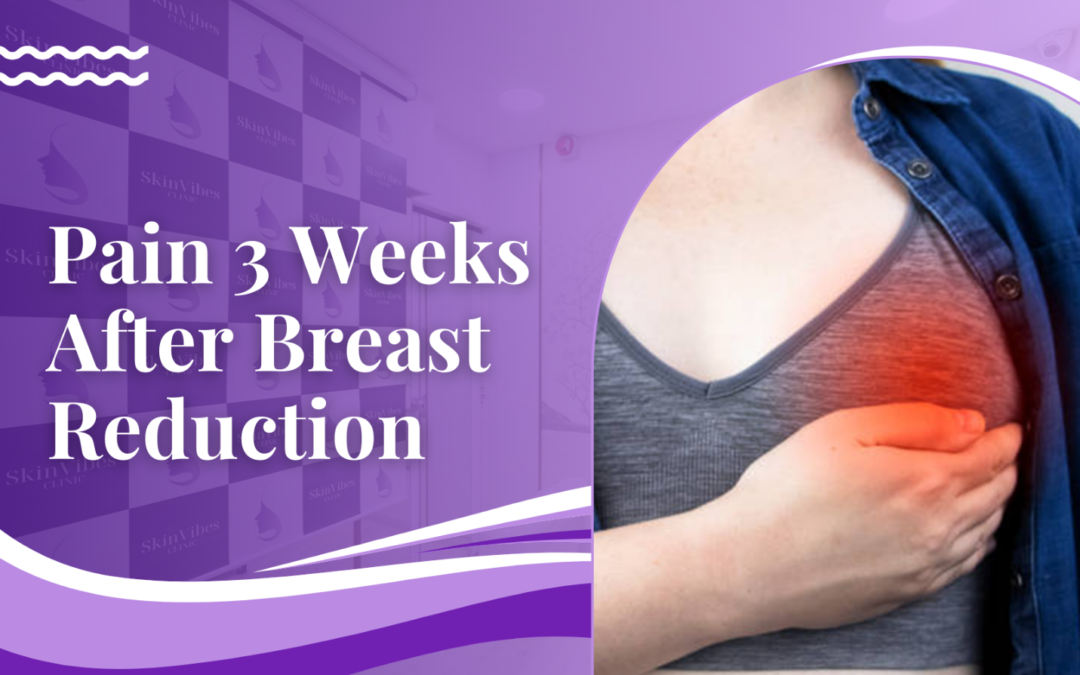




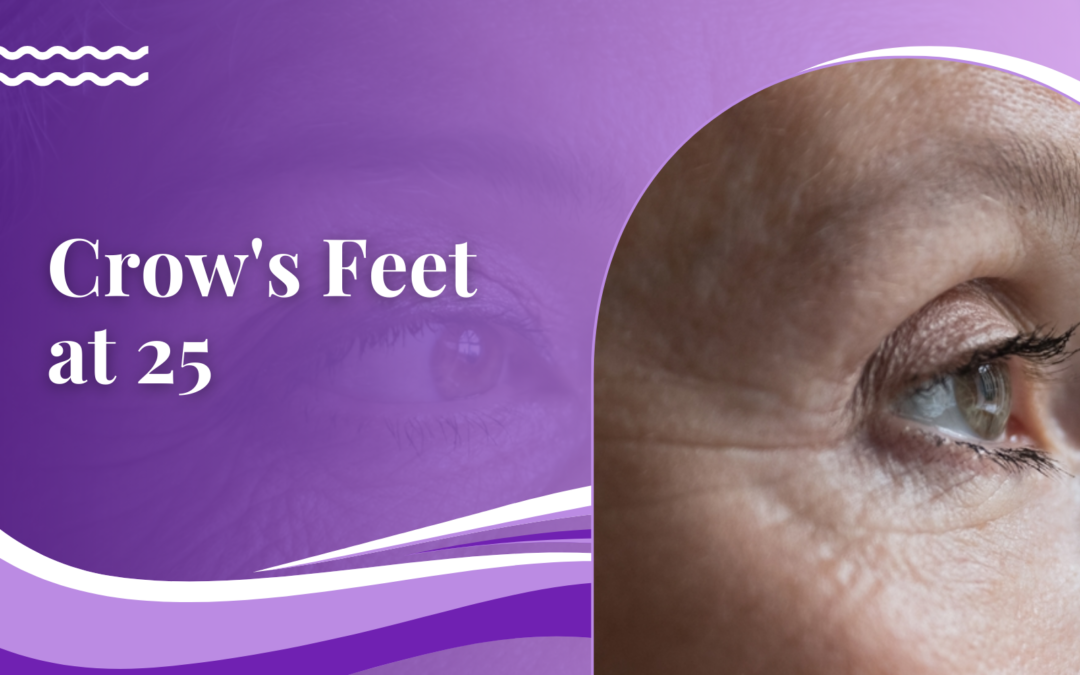



 Topical Treatments:
Topical Treatments: Botox Treatment:
Botox Treatment: Dermal Fillers:
Dermal Fillers: Laser Resurfacing:
Laser Resurfacing: Microneedling:
Microneedling: Chemical Peels:
Chemical Peels: